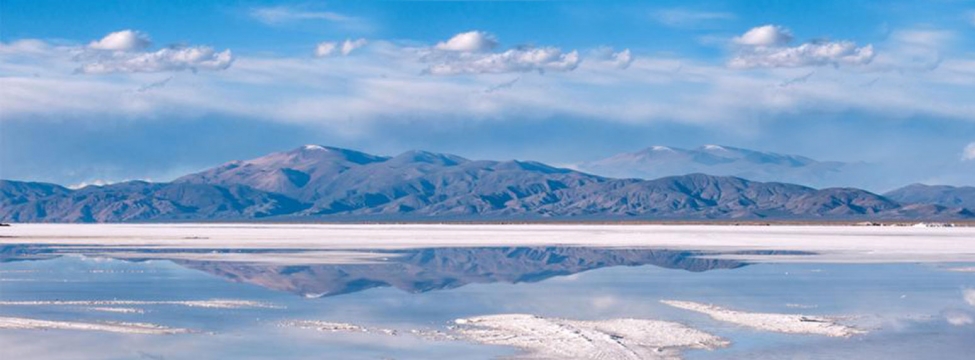To serve you better, our new website displays information specific to your location.
Please visit the site and bookmark it for future use.
Lithium Brine Projects: there is a resource, but is there a reserve?
Brine extraction for surface process and recovery of potash, lithium and industrial salt requires the application of traditional hydrogeological theories to hyper-saline solutions. Such brines present additional technical challenges in comparison to fresh water due to density effects (e.g., 1.2 gram/cm3), density driven multi-chemical composition flow on a large scale, and interaction between brines and fresh water over the course of the production period. Surface production facilities require estimation of brine composition over time. Therefore, the hydrogeologist is tasked with balancing extraction rates from multiple production wells, locating the production wells in space (and time), predicting chemical composition of the pre-pumping and extracted brines and monitoring depletion of a “dynamic” resource. Each of these parameters can have a significant impact on project economics. The parameters such as effective porosity, permeability (“hydraulic conductivity” adjusted by density and dynamic viscosity), anisotropy, aquifer configuration (extent, thickness and heterogeneity), and wellfield efficiency are key in the estimation of resources and reserves for a brine extraction project. During the stages of prefeasibility and feasibility, an accurately built numerical groundwater model is required in order to develop a production plan. Recent guidance from the Ontario Securities Commission provides an indication of how to disclose brine resource and reserve estimates according to the Standards of Disclosure for Mineral Projects, namely National Instrument 43-101. This paper examines the technical aspects of estimating extractable brine resources and reserves, and current public disclosure guidance.




